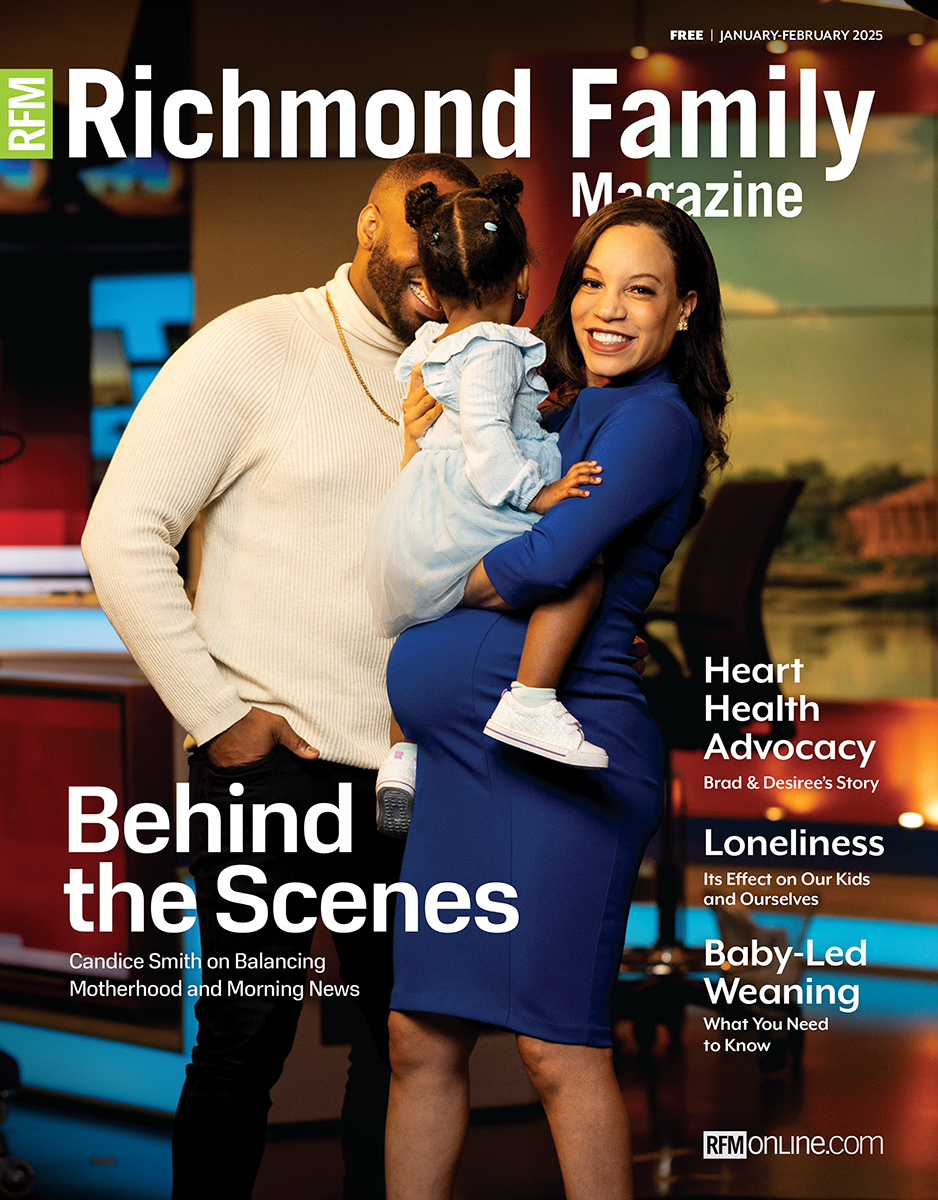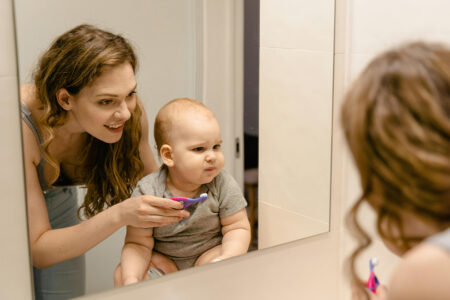The worst type of tragedy is the one that’s preventable. Every year, 1,500 children and teens in the United States will die from firearms. More than half of these deaths are homicides, about 600 are suicides, and roughly one hundred are unintentional deaths. In 78 percent of school shooting incidents, the weapon comes from relatives or friends.
Be SMART, a community initiative launched by Moms Demand Action for Gun Sense in America, focuses on education and awareness about child gun death and responsible gun storage. Ultimately, securing firearms not only makes our homes safer, it makes our communities safer. It is the easiest thing we can do to protect our children and our communities from gun violence.
Even if you choose not to own a gun, you must be aware of how guns are stored any place our children play and frequent. As parents, we should be asking about how guns are stored in others’ homes, just as we would about safety risks like food allergies or swimming pools. The reality is we live in a country with more guns than people, and we may not know who chooses to own one. It is the responsibility of adults, parents, and all gun-owners to make sure guns are stored safely whenever a child of any age is present.
Gun Violence Prevention Starts with Safe Storage
It’s not just young children we have to consider when it comes to gun safety, it’s tweens and teens, too. Adolescent suicide is on the rise in our country and in Virginia. Most cases of adolescent suicide are highly impulsive, demonstrating the need to prevent kids’ access to lethal means. In a study of young suicide attempt survivors, 48 percent spent ten minutes or less deliberating whether to carry out the act, and 70 percent spent less than an hour. This is why access matters. If in the moment of crisis, a child does not have access to a firearm, the desire to attempt suicide may pass. Most suicide attempts aren’t fatal unless a gun is used. When a gun is used, the result is death 85 to 90 percent of the time. As adults who care about children, we must ensure weapons are secured in homes when older children are present.
So, what can we do to make our homes and communities safer? Be SMART!
Secure weapons properly in the home and vehicles. This is the most important step. For ultimate safety, store guns unloaded and locked, with the ammunition separate and also locked. Guns are stolen from vehicles frequently, so having them in a safe in the car, as well as in the home, is vital. The glove compartment is not secure enough. Cable locks are inexpensive and often given out from local police departments. Gun safes come in a variety of sizes and types, many of which are very inexpensive. If you can afford the gun, you can afford to store it properly.
Model responsible behavior. It is always our responsibility as adults to prevent unauthorized access to guns. It is not a curious child’s responsibility to avoid guns. While it is important to discuss what to do if a child comes across an unsecured gun, it is not a guarantee of safety. In fact, in studies where children went through specific gun-safety training with caregivers, the children were just as likely to touch a gun when a fake one was planted. If we are doing our jobs as adults in securing weapons properly, children and teens should never come across a loaded, unsecure weapon.
Ask about how guns are stored in any place our children play or stay. It is estimated that 4.6 million kids live in homes with guns that are both unsecured and loaded. Make it a part of your normal routine to ask questions before a playdate. Ask your childcare provider if guns are safely stored. If your teen spends a lot of time at a friend’s house, ask if firearms are stored safely in the home. Remember, it is better to have a slightly awkward conversation than a bad outcome. You might try sending a text or an email. We must advocate for our children’s safety. Most often, parents and providers understand your concern and appreciate the diligence. If you don’t like the answer you receive, consider hosting the playdate at your house or a neutral location.
Here is an example of a text:
Parent A: Johnny is looking forward to coming to play tomorrow! He has no food or animal allergies and he loves pets, in case you own one. Do you own any guns? If so, I just have to ask how they are stored. Kids are so curious!
Parent B: Great! We do have a dog, and he’s great with kids. Yes, we do own guns. My husband hunts. He keeps them locked in a safe, and they are unloaded. Thanks for asking. I should do the same. So important!
Recognize the risks of teen suicide. Adolescents experience emotional ups and downs. Look for signs of withdrawal and avoiding things they once enjoyed. Always secure weapons in the home, so that an impulsive decision doesn’t become a tragic one. Make these resources available to teens in your life:
Text HOME to 741-741 in the United States at any time about any crisis.
Call the National Suicide Prevention Hotline: 1-800-273-8255.
Call TrevorLifeLine (LGBTQ suicide prevention line): 1-866-488-7386.
Tell others to Be SMART!
The more we normalize the conversation about gun safety in the home, the safer we all will be. Share the Be SMART message with your school PTA, preschool, church, mom’s group, play group, etc. There are some helpful resources at besmartforkids.org including handouts and videos in English and Spanish. Talk to neighbors, family members, friends, and anyone who will listen about gun violence prevention to keep your family and your community safer.







